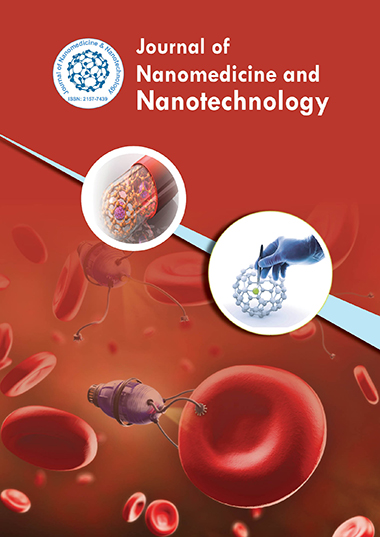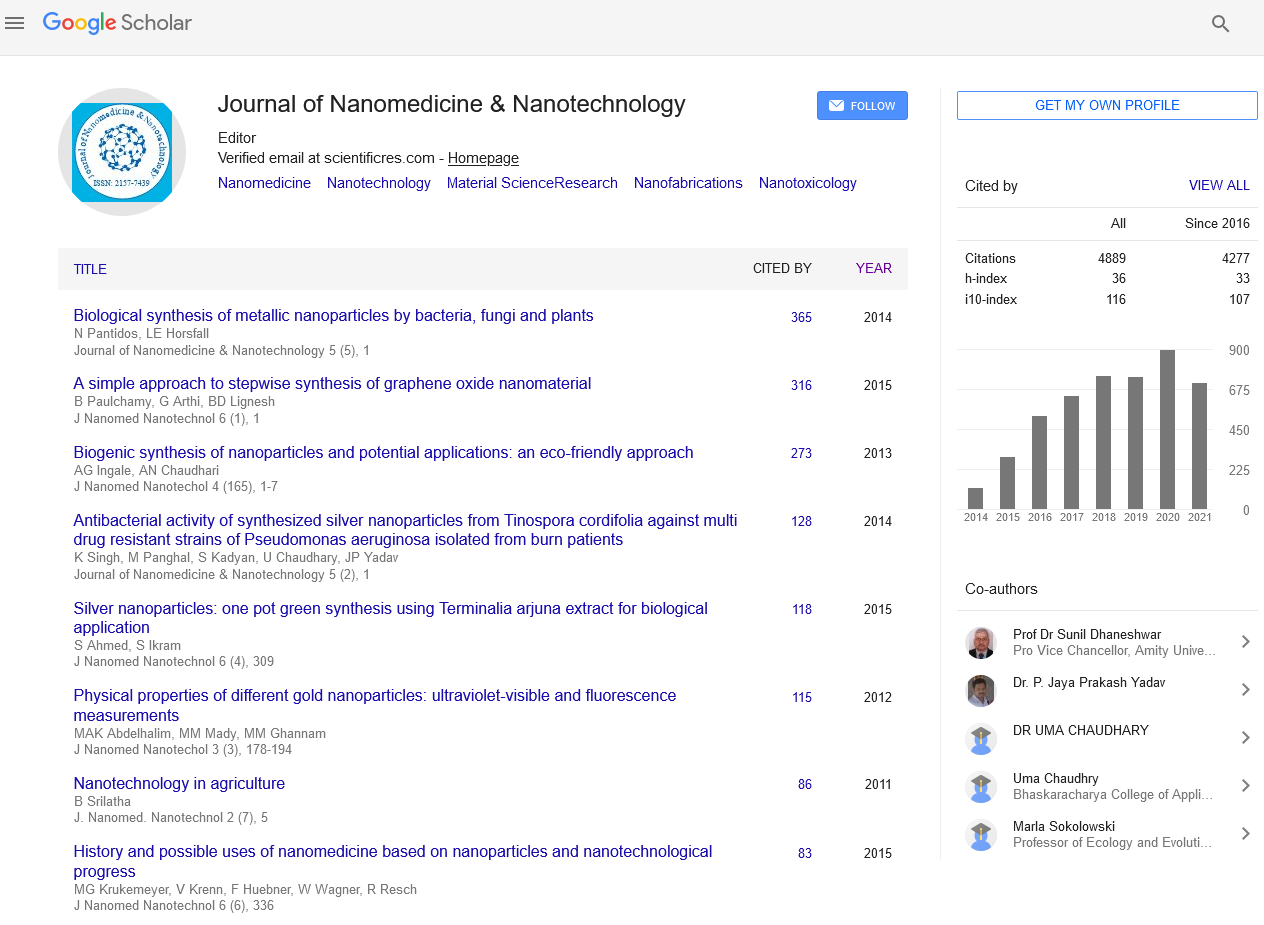Indexed In
- Open J Gate
- Genamics JournalSeek
- Academic Keys
- JournalTOCs
- ResearchBible
- China National Knowledge Infrastructure (CNKI)
- Scimago
- Ulrich's Periodicals Directory
- Electronic Journals Library
- RefSeek
- Hamdard University
- EBSCO A-Z
- OCLC- WorldCat
- SWB online catalog
- Virtual Library of Biology (vifabio)
- Publons
- MIAR
- Scientific Indexing Services (SIS)
- Euro Pub
- Google Scholar
Useful Links
Share This Page
Journal Flyer

Open Access Journals
- Agri and Aquaculture
- Biochemistry
- Bioinformatics & Systems Biology
- Business & Management
- Chemistry
- Clinical Sciences
- Engineering
- Food & Nutrition
- General Science
- Genetics & Molecular Biology
- Immunology & Microbiology
- Medical Sciences
- Neuroscience & Psychology
- Nursing & Health Care
- Pharmaceutical Sciences
The novel gene delivery systems based on PAMAM derivative as carrier and their transfection mechanism
10th International Conference on Nanomedicine and Nanotechnology in Health Care
July 25-27, 2016 Bangkok, Thailand
Jianhai Chen
Southern Medical University, China
Posters & Accepted Abstracts: J Nanomed Nanotechnol
Abstract:
Gene transfer vector is one of the key technologies of gene therapy. Gene carriers generally can be divided into two major categories of virus and non-virus. In non-virus carriers, polycation gene carrier due to the high rate of transfection Polyamidoamine (PAMAM) is one of the important members in the family of cationic polymer carrier. PAMAM dendrimers attracted high attention recently due to their special properties in the drug and gene delivery systems, especially the high generation PAMAM as the gene vector shows strength transfection ability compared with the other non-viral carrier materials. The main drawback for the materials is serious cell toxicity. In order to overcome this problem, one new gene delivery system has been designed by our research group. In this PAMAMs are covalently conjugated onto α-cyclodextrin (α-CD) via amide bonds to obtain the starburst-like cationic polymers (CD-PG2). The chemical structure and composition of CD-PG2 was characterized by H-NMR. The physicochemical and biological properties of CD-PG2/pDNA polyplex were evaluated by agarose gel retardation, stability test against DNase, MTT assay, DLS measurement, CLSM observation, LDH leakage test, and in vitro cell transfection. The test results tell us that the CD-PG2 could efficiently condense pDNA into nano-scale particles with a narrow size distribution, and protest from DNase degradation. CD-PG2 shows excellent gene transfection efficiency without serum interference as well as relatively low cytotoxicity, compared with free PET- 25K and commercial product Lipofectamine 2000. The cell uptake route analysis shows cellular uptake CD-PG2/pDNA polyplex is mainly through Clathrin-mediated endocytosis, CME and Caveolae-mediated endocytosis, CvME route and further investigations demonstrate that α-CD could regulate CvME pathway to improve polyplex transfection behavior.
Biography :
Email: jhchen06@126.com


